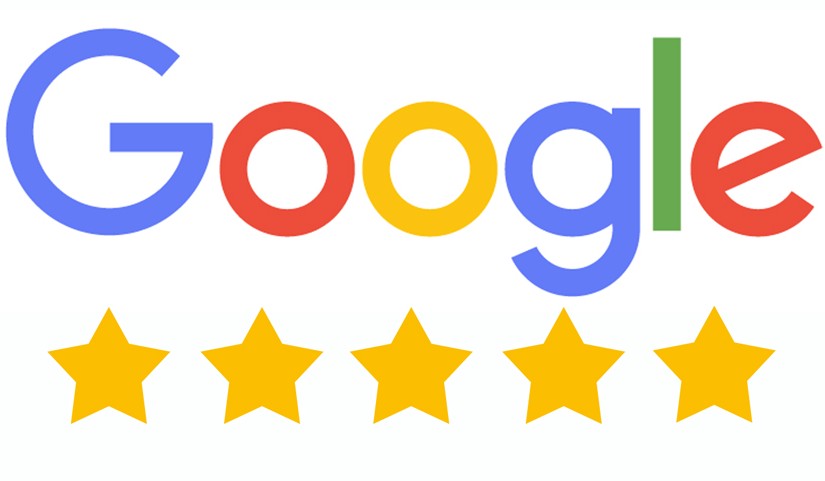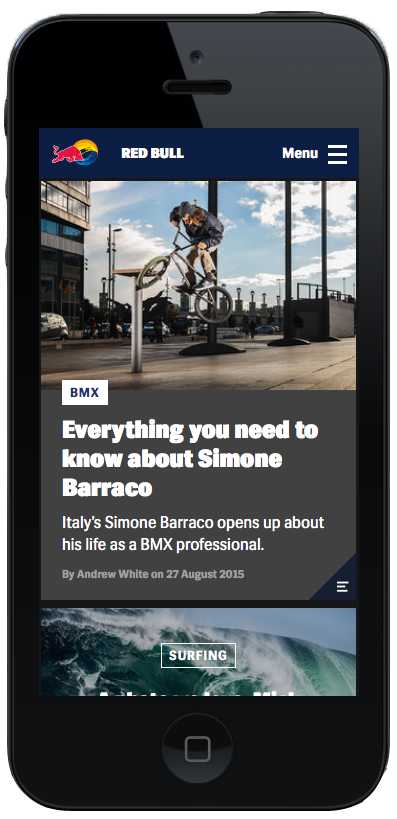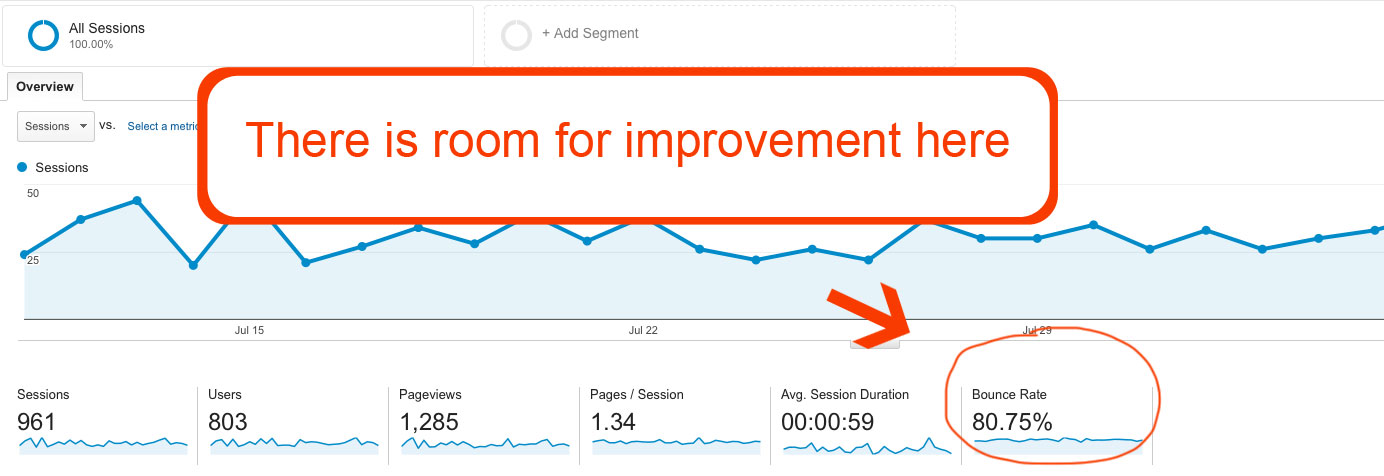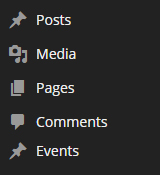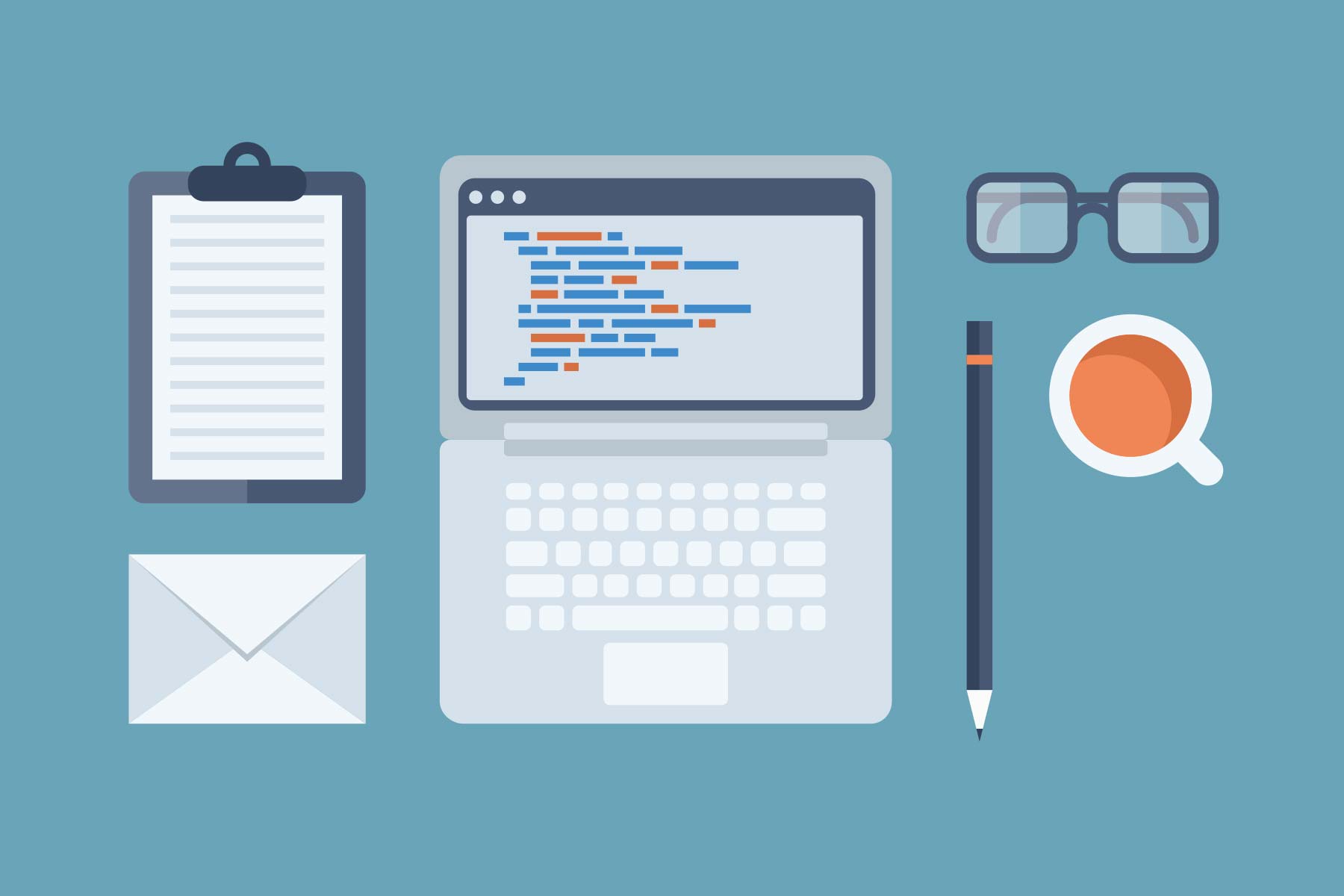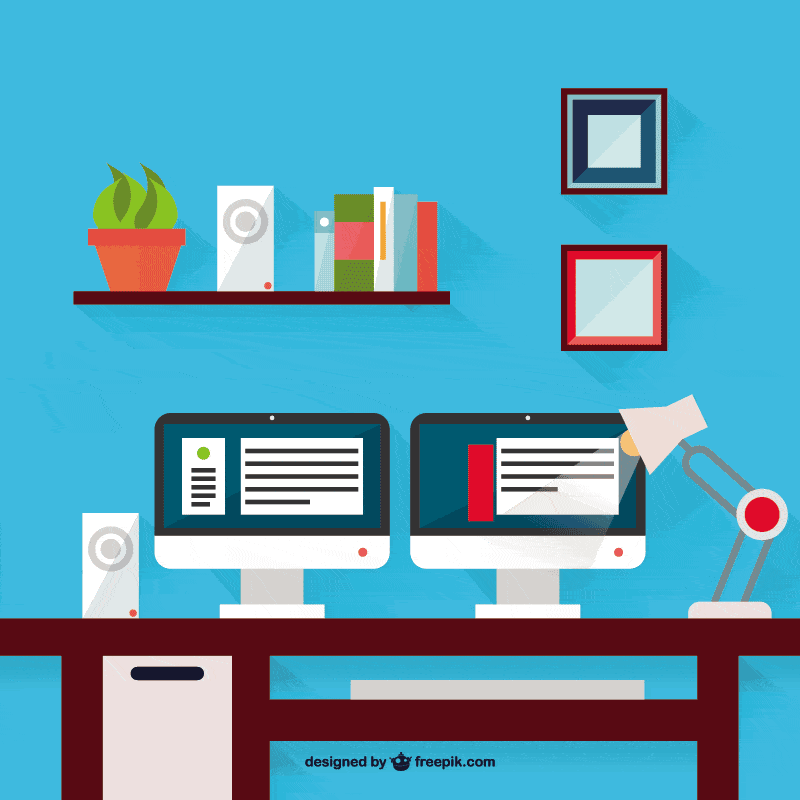With the ever-increasing shift to mobile, most businesses simply cannot afford to not offer a mobile app. It is too important of a marketing tool to ignore. Having a web presence alone is missing out on a large a part of the market. In fact, mobile apps are now often expected by clients. This is because mobile apps offer a unique experience to users different from any other marketing channel, and a streamlined, simplified experience is what consumers are looking for. Studies have found that people rate brands higher after interacting with the brands mobile app, and are nearly 50% more likely to buy from that brand.
What many business owners don’t realize is what a large impact a mobile app can have. A good mobile experience builds loyal customers and increases sales.
A 2016 study by sitecore.net found:
“When mobile expectations are not met, an overwhelming 93 percent of those surveyed take immediate action, with 33 percent never purchasing from the brand again. Alternatively, when a good mobile experience is achieved, 76 percent report that it has an influence on their loyalty to a brand.”
It’s important that consumers have a positive user experience with your mobile app and that it is helping, and not hindering your brands reputation.
Here are several ways to ensure your app is meeting customer expectations, and helping build your brand in a positive way:
1. Manage reviews
If a user has a negative experience with your mobile app, they are likely to leave a review or comment in app stores. This may have a large negative impact on future downloads and conversion rates. It’s been found that at least 77% of people read a review before downloading a free or paid app.
Do not let negative reviews go unmanaged by your business. Google your business and read reviews left by customers regularly. If there is a complaint, reply with an apology and a solution.
2. Ask for reviews from happy customers
While it can sometimes be difficult to control all negative reviews, you can increase your rating by always asking satisfied customers to leave a review. One glance at your star rating can dramatically impact number of downloads.
3. Listen to customer feedback
If customers are leaving negative reviews, it might be time to take into consideration any repetitive complaints. Better yet, survey all your customers to find out what they like / don’t like and what they expect. Be sure to implement as much feedback as possible into the latest version of your app to meet and exceed customer expectations.
According to sitecore.net “Six in ten consumers do not feel that their mobile experience expectations are completely met. Three top areas of concern include user experience where only 24 percent are completely satisfied, only 23 percent feel that there is continuity between the mobile and web experiences, and just 21 percent think they are getting adequate customer service.
The research reveals that brands need to be able to build trust more quickly with consumers, where they are reassured about security, convenience and speed, and by helping consumers understand the importance of secure logins, strong passwords, and features like auto-logout, etc. ”
4. Think ahead
Always keep your mobile app a part of your branding discussions and marketing plan. Your brand is influenced by the experience of your mobile users.
Continuity across all of your marketing channels, both online and offline is one of the most important aspects of successful branding. Managing your brands reputation is not always easy, but with the right tools and marketing plan, it is more than possible to create a well-loved brand.






